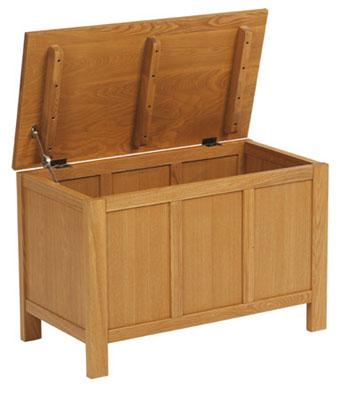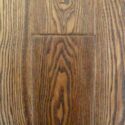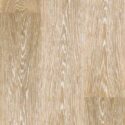Ash is one of the most popular hardwoods in furniture construction. It is dense and very strong for its weight (in fact, ash is the wood of choice for baseball bats). Ash is also

flexible, especially when steamed, making it a popular choice for bentwood designs. It is a good option for cutting boards and bowls because it has no discernible odor or taste.
The ash tree is actually a member of the olive family; there are several species of ash in North America, but the ones used in furniture construction are white ash and black ash. White ash varies in color from very white to yellowish; the sapwood and grain lines are typically medium brown. Black ash, on the other hand, is a tan or pale brown color. It is slightly softer than the white variety. Unfinished white ash yellows significantly as it ages, while black ash does not. Both varieties are easy to work with, but have a tendency to splinter. Use very sharp tools and avoid trying to create turned pieces with ash.
The grain pattern is similar to oak, with less “chatter” (the little lines between rows of open pores). It accepts stain very well, but because it has such large pores, you’ll want to use pore filler if you hope to achieve a very smooth or shiny finish. Aniline dyes are another good choice for coloring ash, and will result in a subtler grain pattern than wiping stains. Alternatively, ash also looks good pickled or ebonized. You can make a homemade ebonizing solution for just a few dollars.
The wood is susceptible to fungal infections, so ash furniture should be used indoors only- preferably in the living room or bedroom, where it can’t absorb much moisture.



